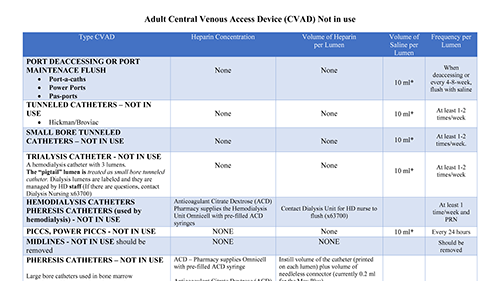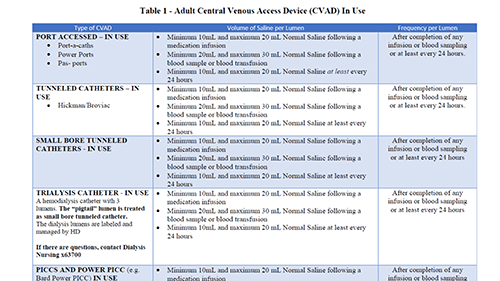Central Lines
preventing hospital-acquired infections
Welcome
The Centers for Disease Control estimate that 41,000 bloodstream infections occur in U.S. hospitals each year, with a large proportion associated with a central vascular catheter. Bloodstream infections typically result in a prolonged hospital stay, increased costs for both the patient and hospital, and an increased risk of mortality. Central Line-Associated Bloodstream Infections (CLABSIs) can be prevented through proper management of the central line. For further information on CLABSI prevention visit the CDC resources using the button below.
Visit CDC ResourcesWhat's New!
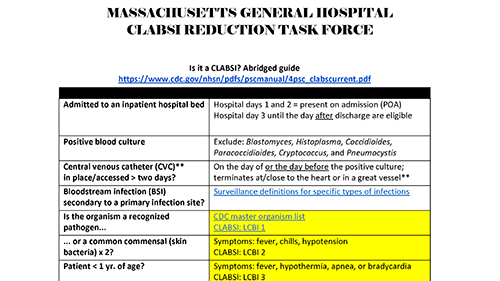
Infection Control
Guidelines for CLABSI
determination
Infection Control Guidelines for CLABSI determination
View Guide
CLABSI Prevention
Maintenance Bundle
CLABSI prevention measures for patients with central venous catheters.
View Guide
Venous Access
Device Flushing
A pulsatile flushing technique using a push-pause method involving 10 short 1ml. boluses with short pauses in between.
View FAQ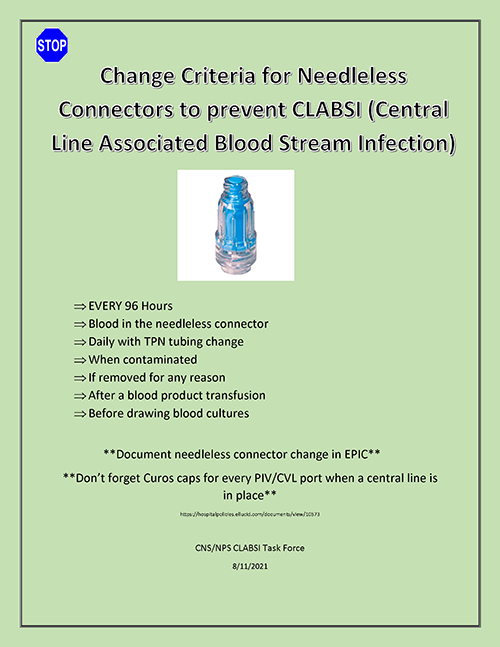
Change Criteria for
Needleless Connectors
to prevent CLABSI
Central Line Associated Blood Stream Infection
View Guide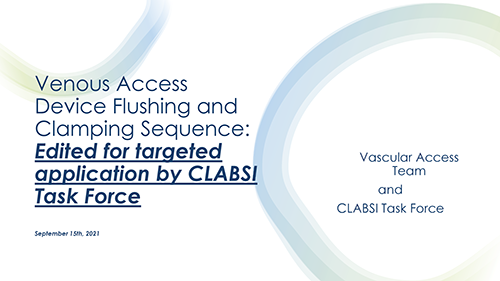
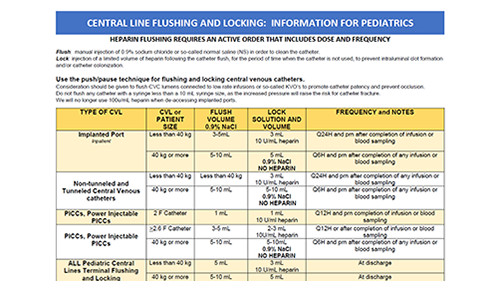
Central Line Flushing
and Locking - Information
for Pediatrics
Use the push/pause technique for flusing and locking central venous catheters.
View Guide